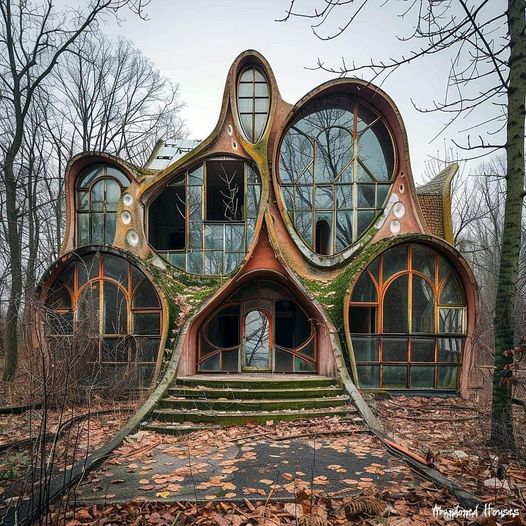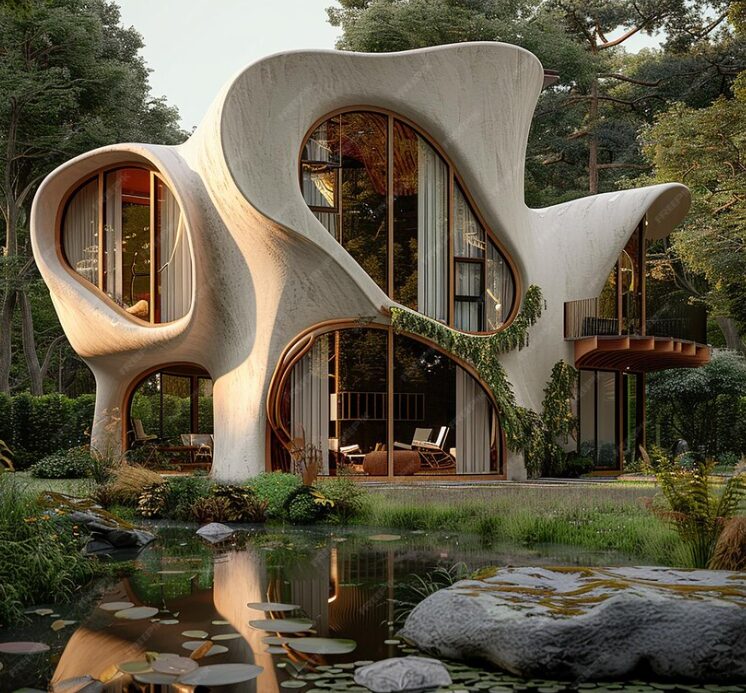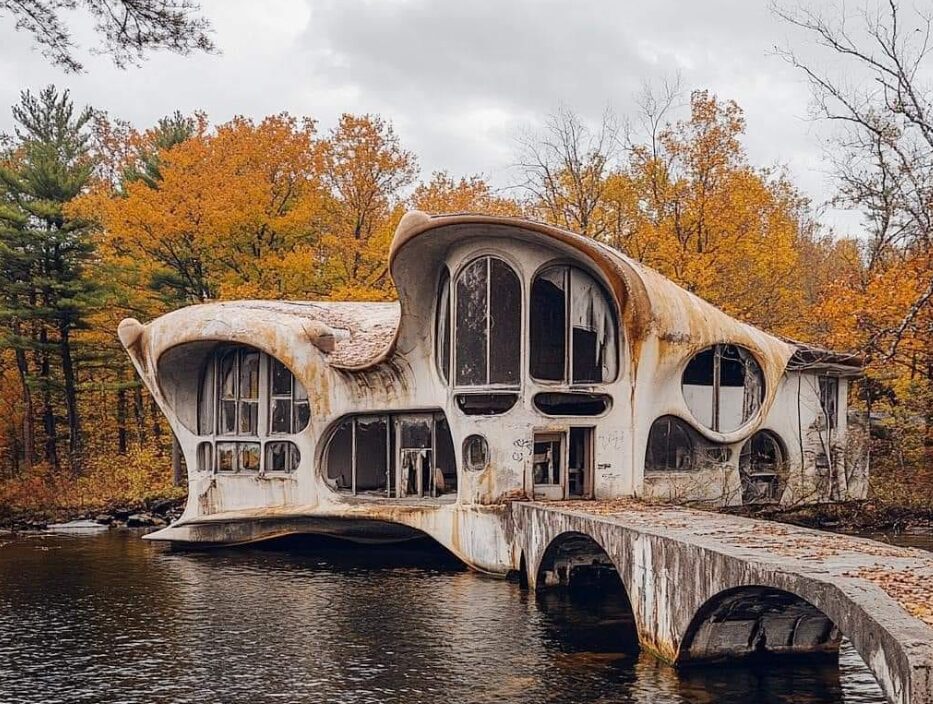Where Futuristic Architecture Meets Abandonment and Decay

Futuristic architecture often stands as a symbol of innovation and optimism, but when left to the elements, these bold structures take on an entirely new life. Across the world, abandoned buildings inspired by futuristic design and technology have become haunting reminders of yesterday’s visions of tomorrow. With geometric shapes, sharp angles, and sleek materials, these structures now sit in silence, creating a unique blend of abandonment and modernism’s optimism that is both eerie and mesmerizing.
The Allure of Abandoned Futuristic Architecture

Futuristic architecture represents an era when society pushed the boundaries of structural possibilities. During the mid-to-late 20th century, architects and urban planners sought to build beyond traditional forms, experimenting with abstract designs, environmentally integrated structures, and space-age materials like concrete and glass. Today, as some of these futuristic marvels sit abandoned, they draw architects, historians, and urban explorers eager to study their radical concepts in a raw, untouched state.
From entire communities built with an abstract, futuristic vision to individual technology-inspired houses, each building tells a story of an ambitious vision. Abandoned places like the famous Sanzhi UFO houses in Taiwan or the striking Dome House of Naples, Florida, demonstrate how futuristic architecture meets the natural processes of weathering and decay. Here, the clash of the avant-garde and nature’s reclamation captures attention, giving these sites a haunting allure that appeals to explorers and art lovers alike.
Futuristic Abandoned Homes as Unique Modernist Relics

Some of the most fascinating examples of futuristic architecture come in the form of abandoned homes. These houses often feature flowing, organic lines, asymmetrical structures, and unexpected materials. Many were built in the 1960s and 1970s, during a period when architects experimented heavily with modernist and futuristic ideals. However, due to high costs, limited interest, or shifts in architectural trends, many of these homes were ultimately abandoned, leaving behind experimental concepts now frozen in time.
One well-known example is Italy’s Casa Sperimentale or “Experimental House,” built as a brutalist masterpiece and now abandoned. This structure, with its towering concrete forms and angular projections, reflects the modernist aesthetic but also the futuristic ambition of the era. The decay that has set in only heightens its stark beauty, turning it into a true relic of futuristic ambition. For many, these abandoned houses represent more than mere architecture; they embody a piece of history that is both familiar and unsettling in their quiet decay.
The Mysterious Charm of Futuristic Abandonment

As futuristic structures succumb to nature, they gain an air of mystery that is hard to resist. The elements claim walls, roofs, and windows, blending modern materials like steel and glass with moss, vines, and even trees that take root in cracks. These abandoned futuristic houses provide a rich landscape for photographers and artists who capture the interplay of human ingenuity and natural decay, blending sharp, sleek lines with organic textures.

Structures like France’s Maison Bulle à Six Coques, or “Bubble House,” take on a new life as each day passes. Originally designed with a unique pod-like form, this futuristic architectural wonder has become one of the most iconic abandoned homes in Europe. Now, with time and neglect leaving it partially overgrown, it serves as a symbol of fleeting architectural visions, where ambitious forms meet the inevitable passage of time.
The powerful combination of futuristic architecture and abandonment invites viewers to reflect on progress, innovation, and impermanence. Each of these spaces offers a unique glimpse into the future as imagined in the past, captured now in a state of quiet, haunting decay.